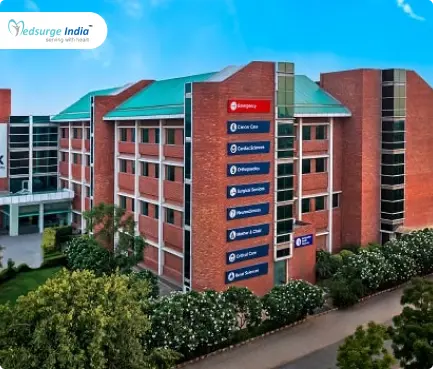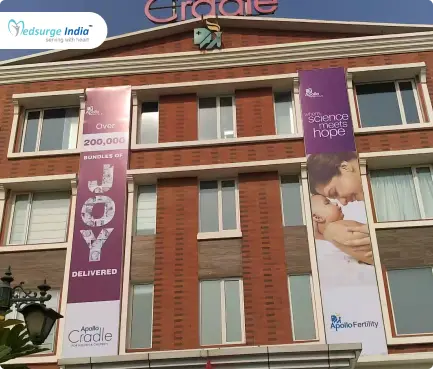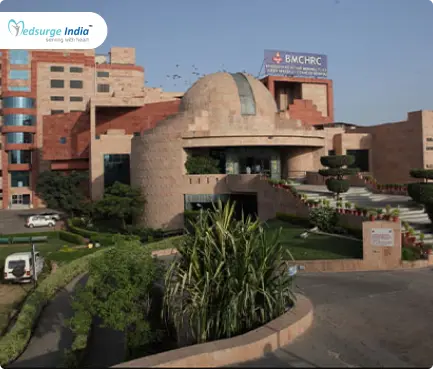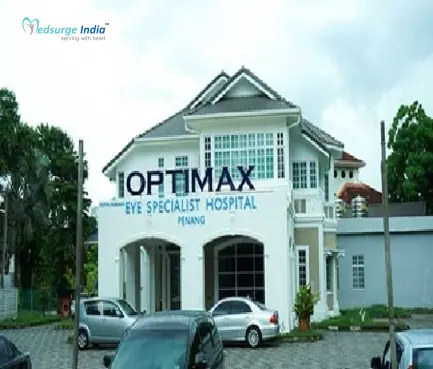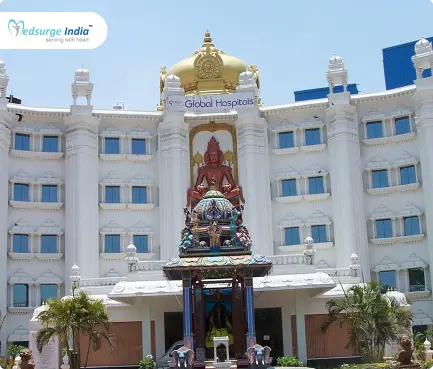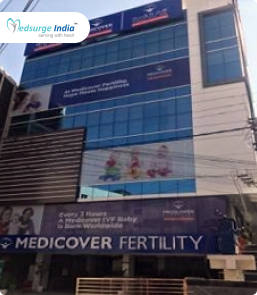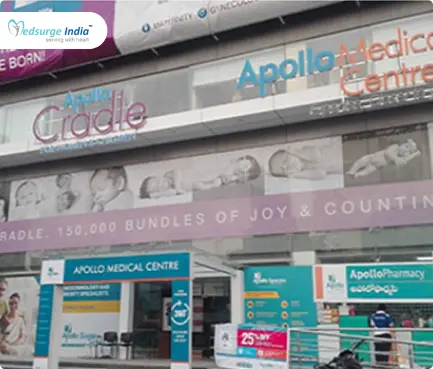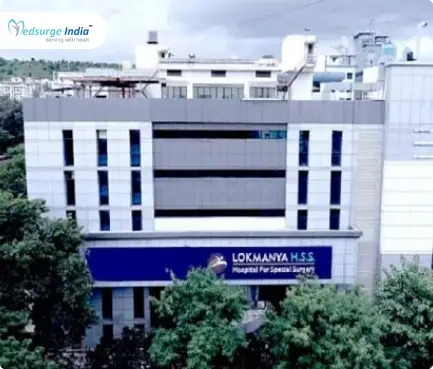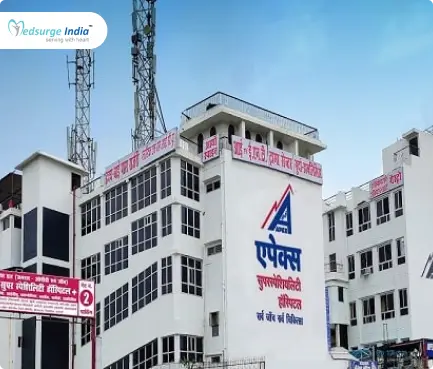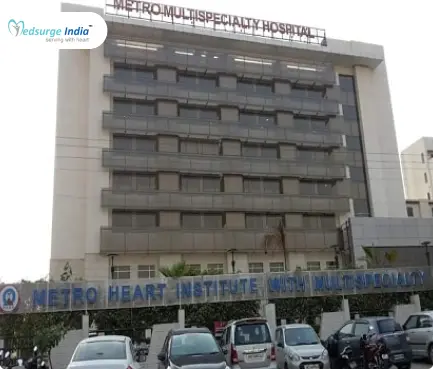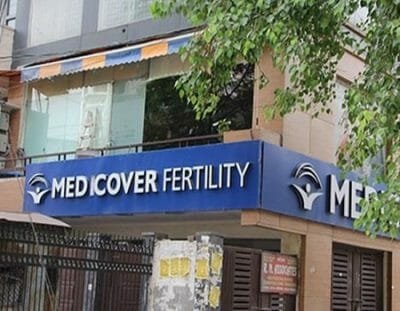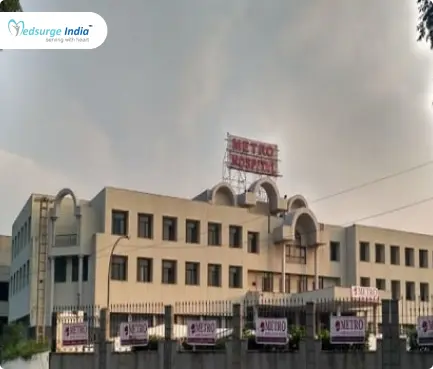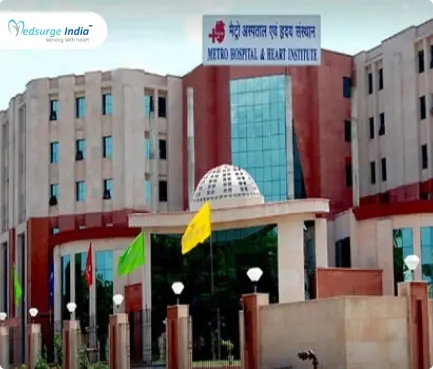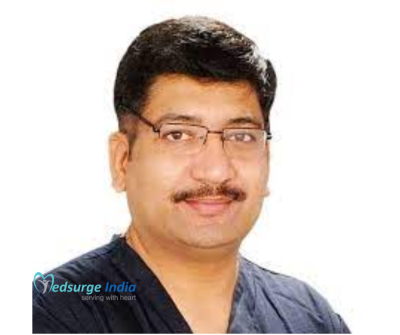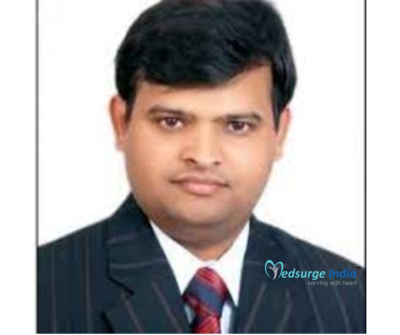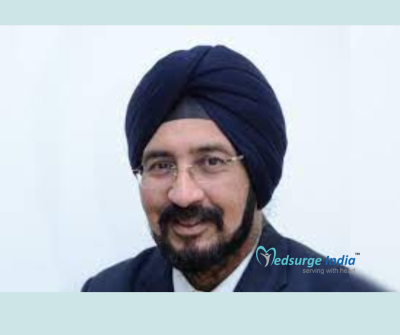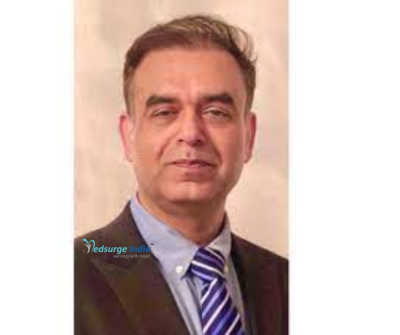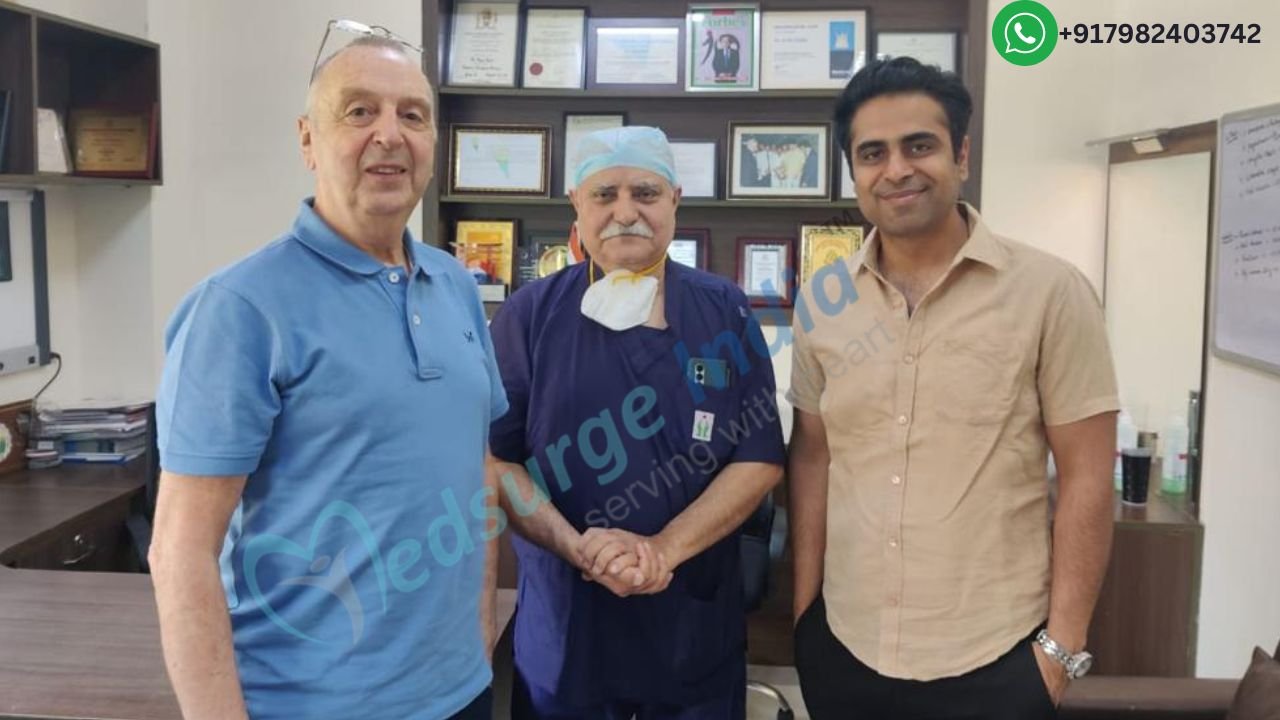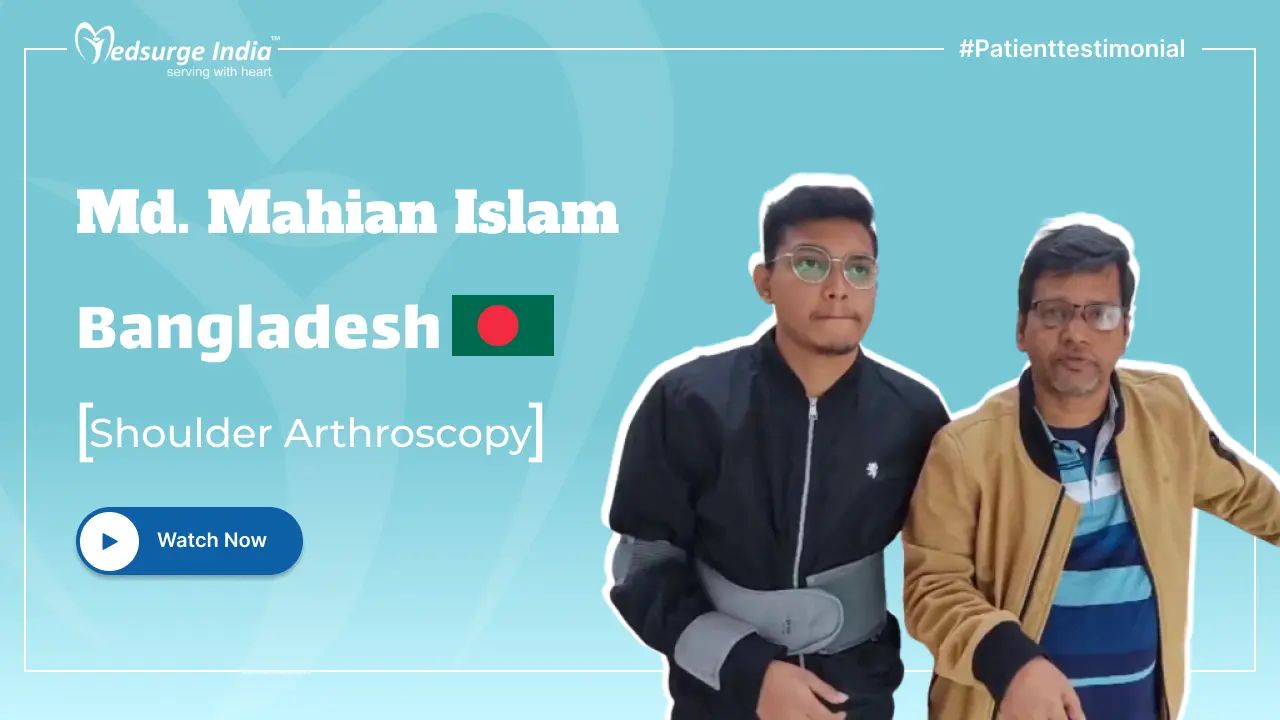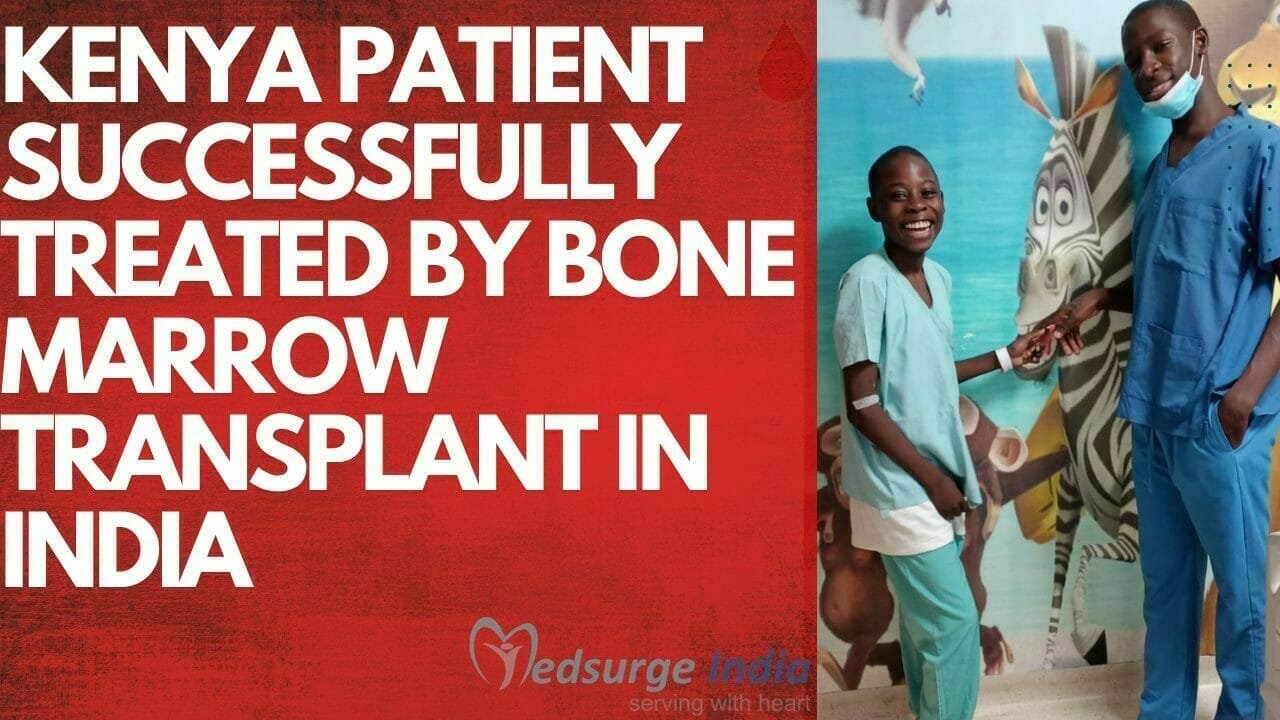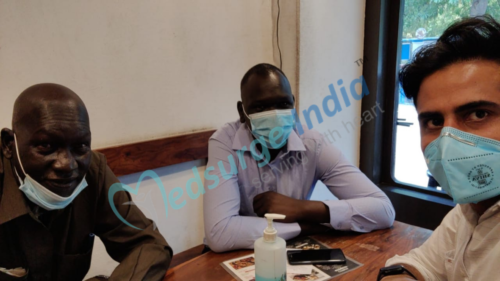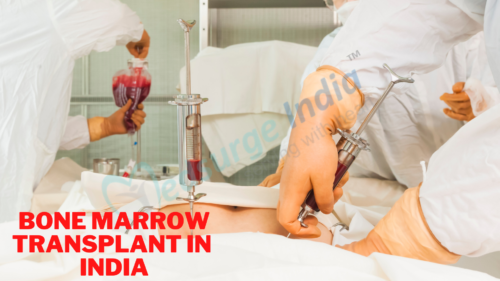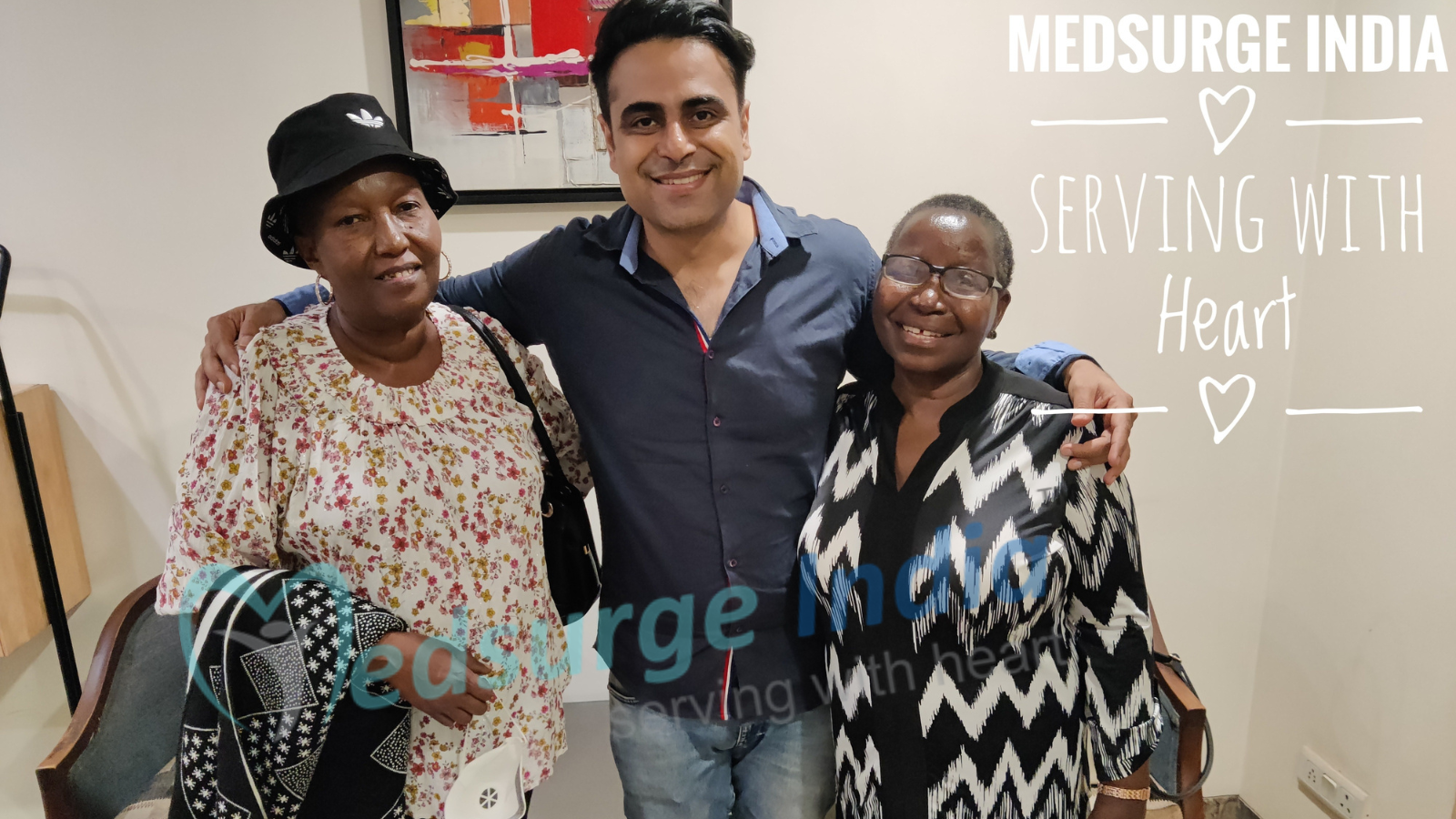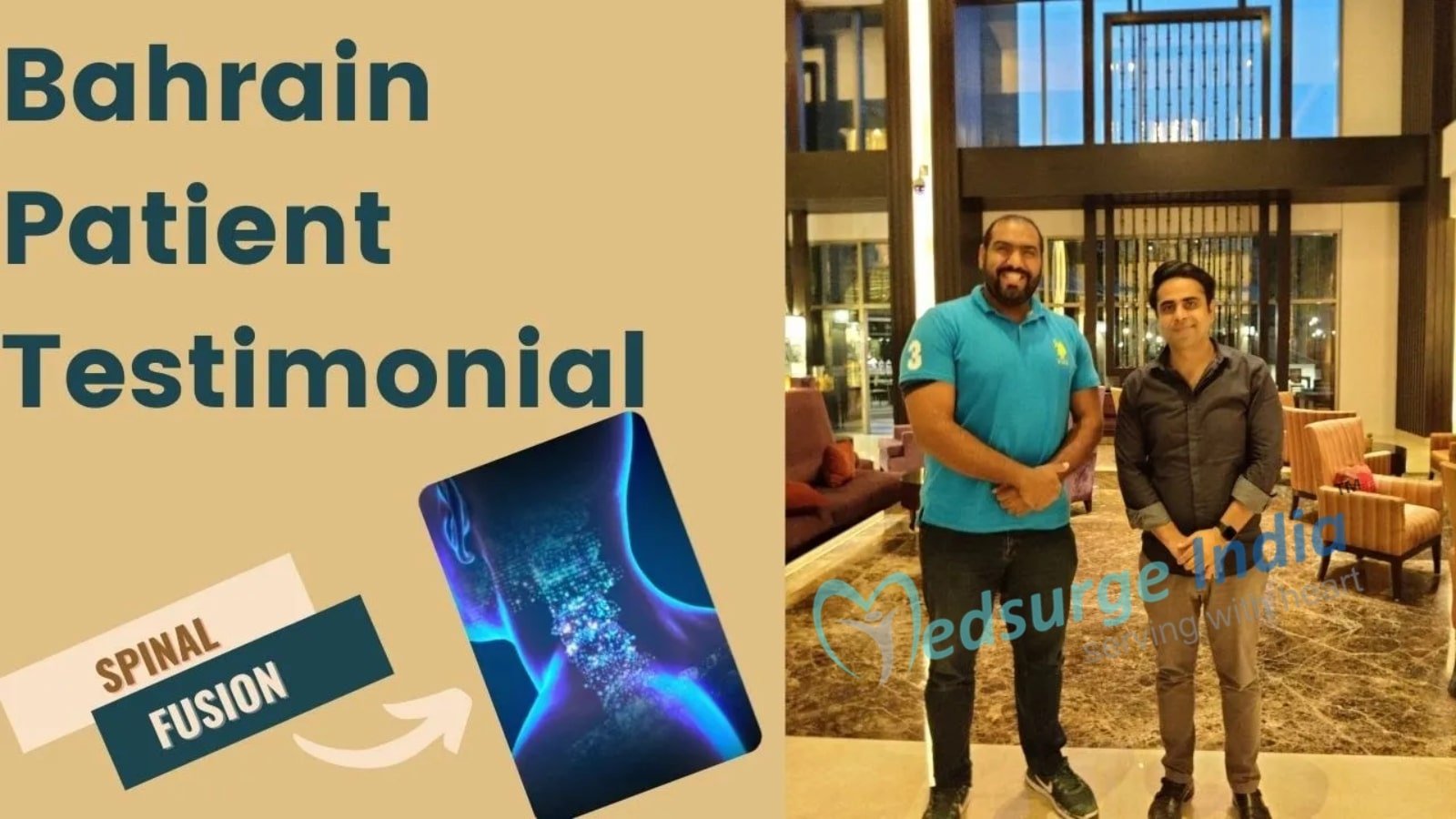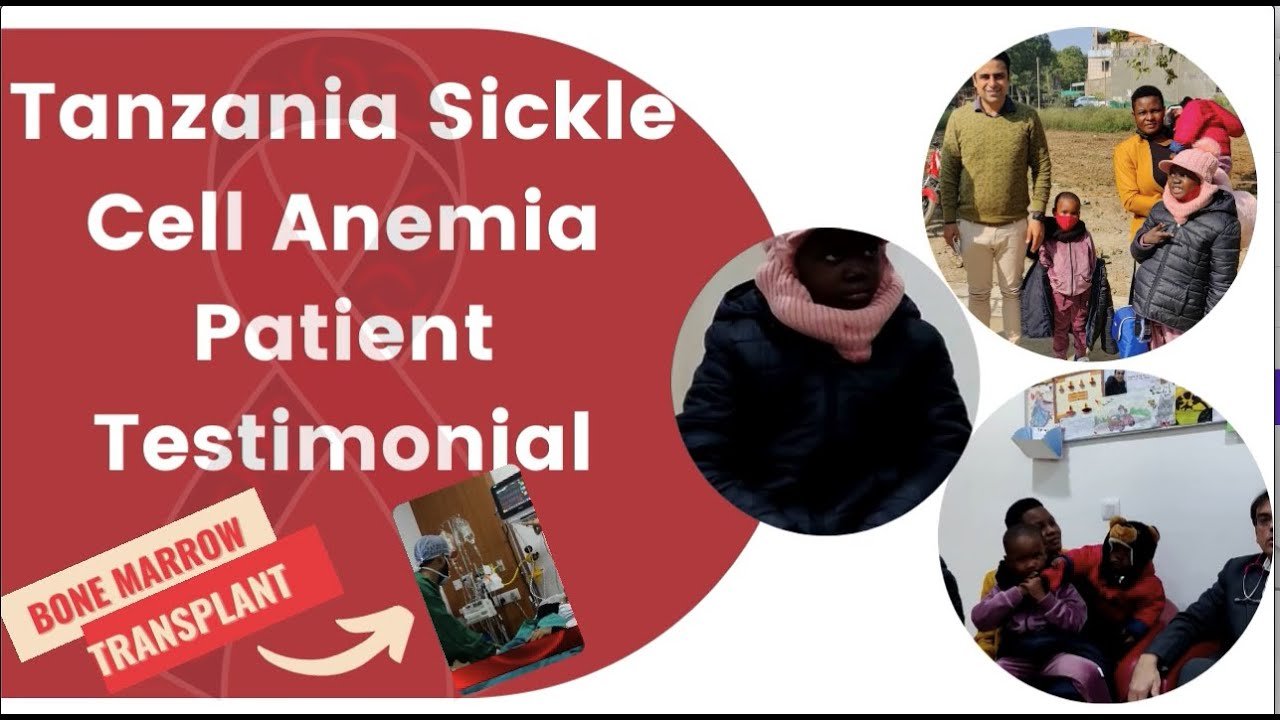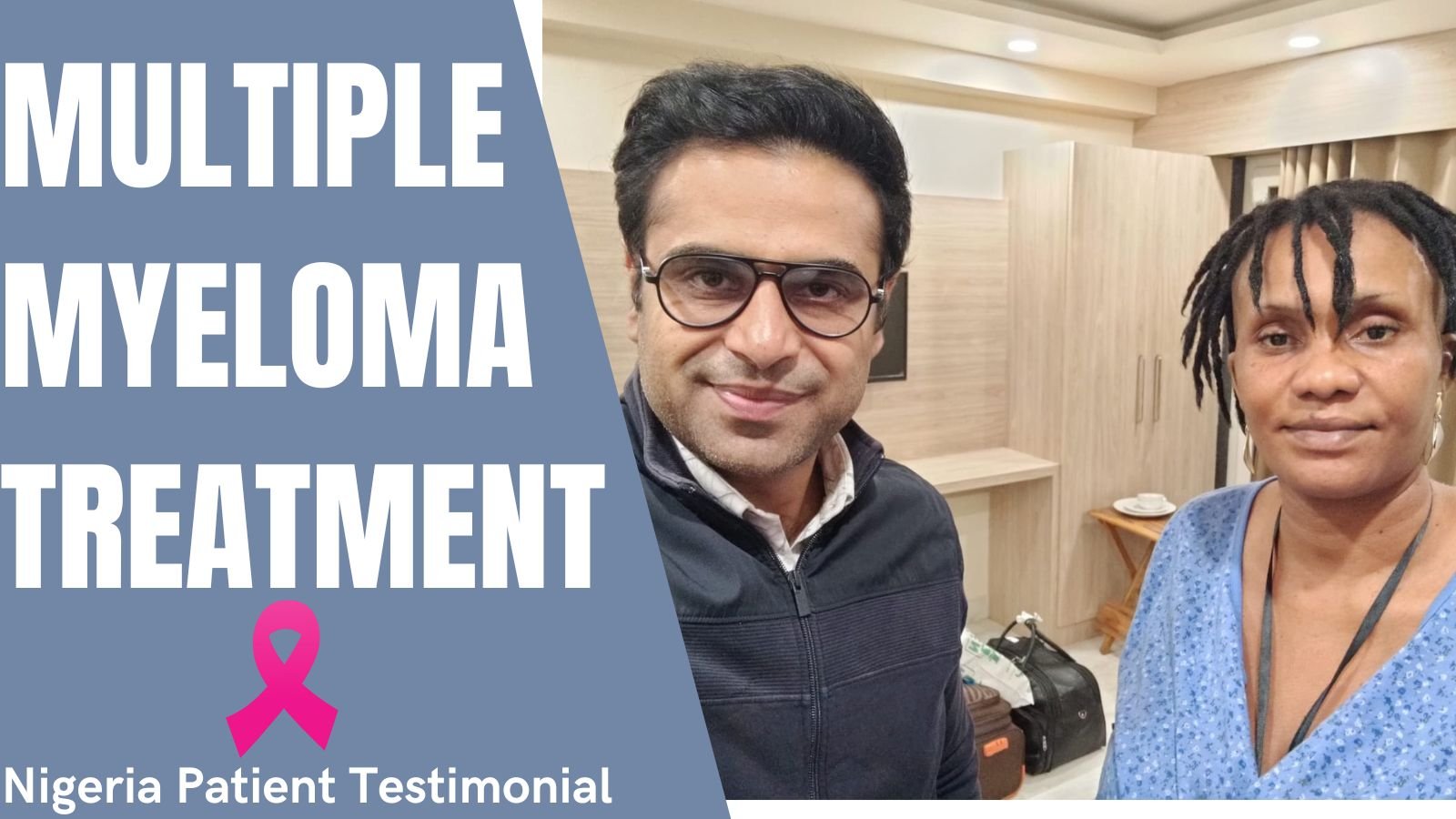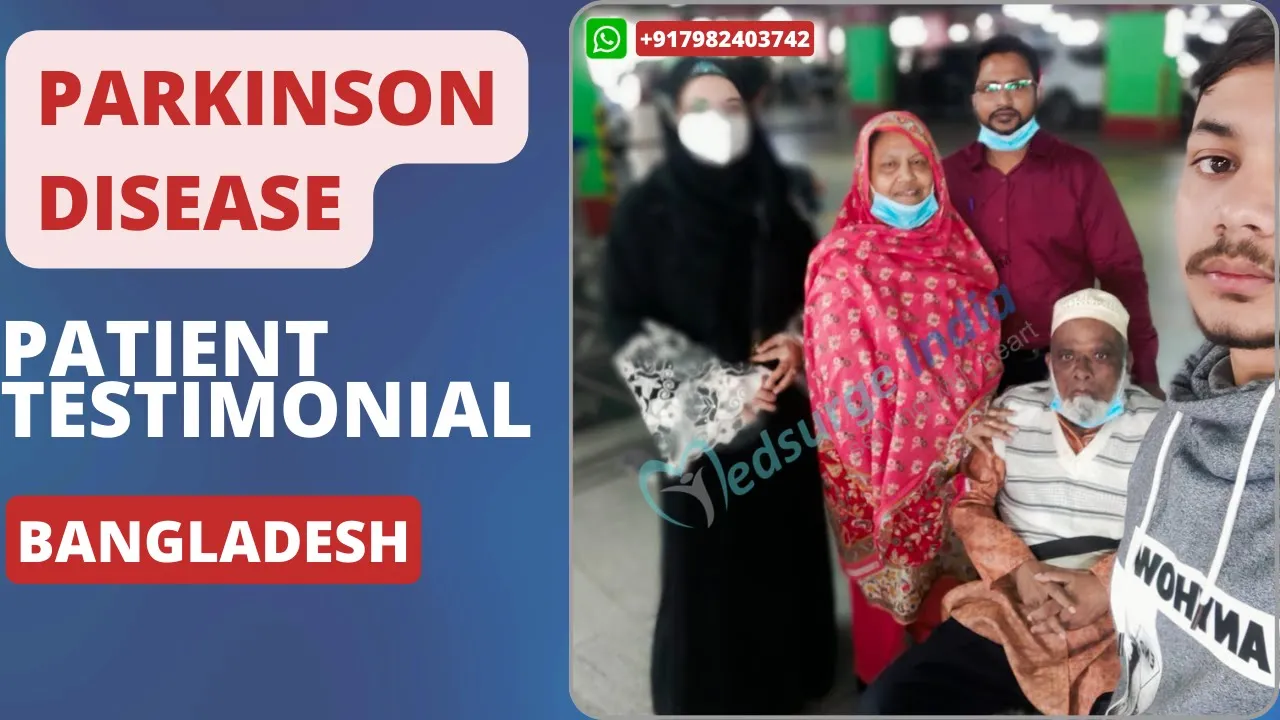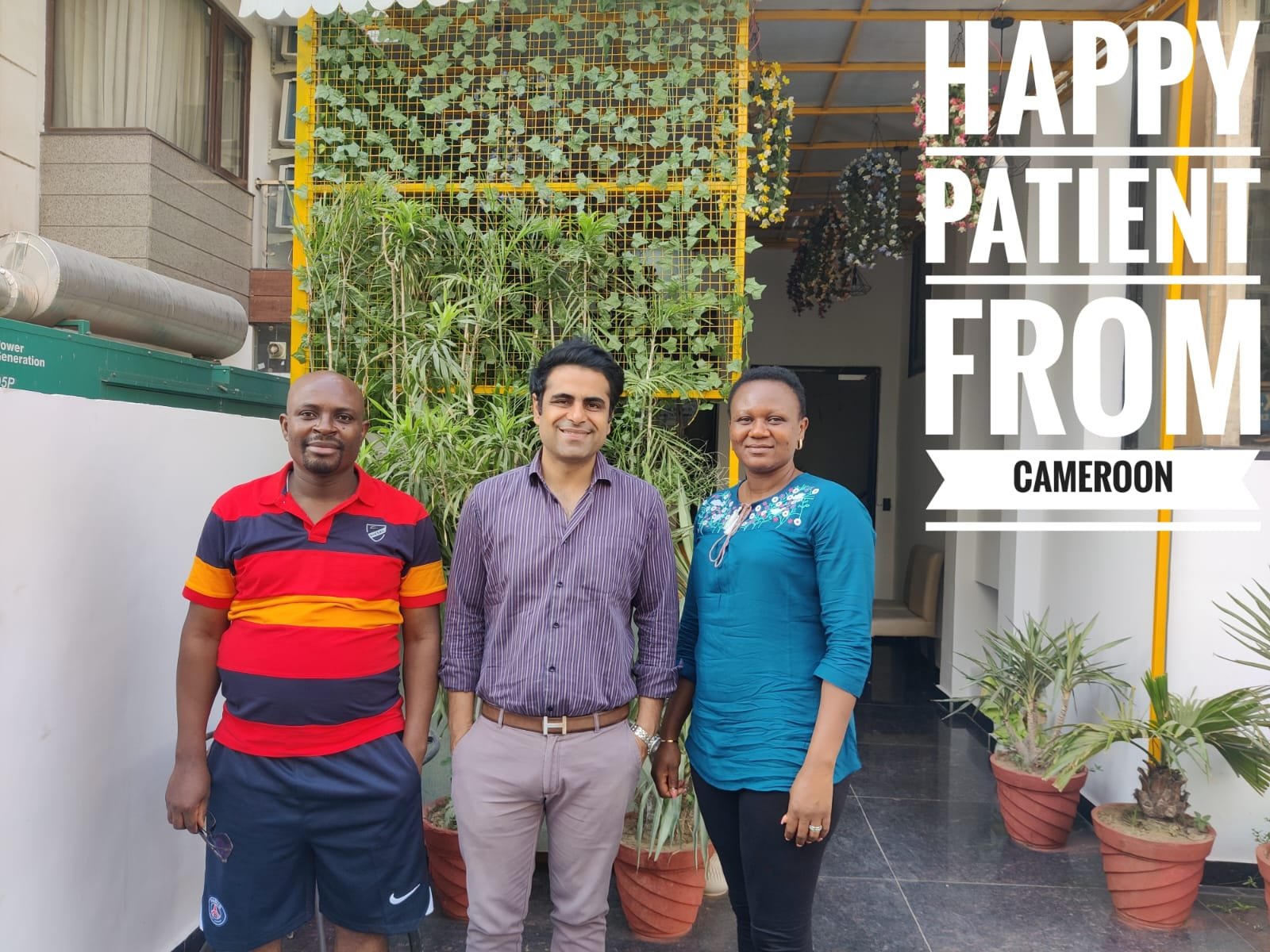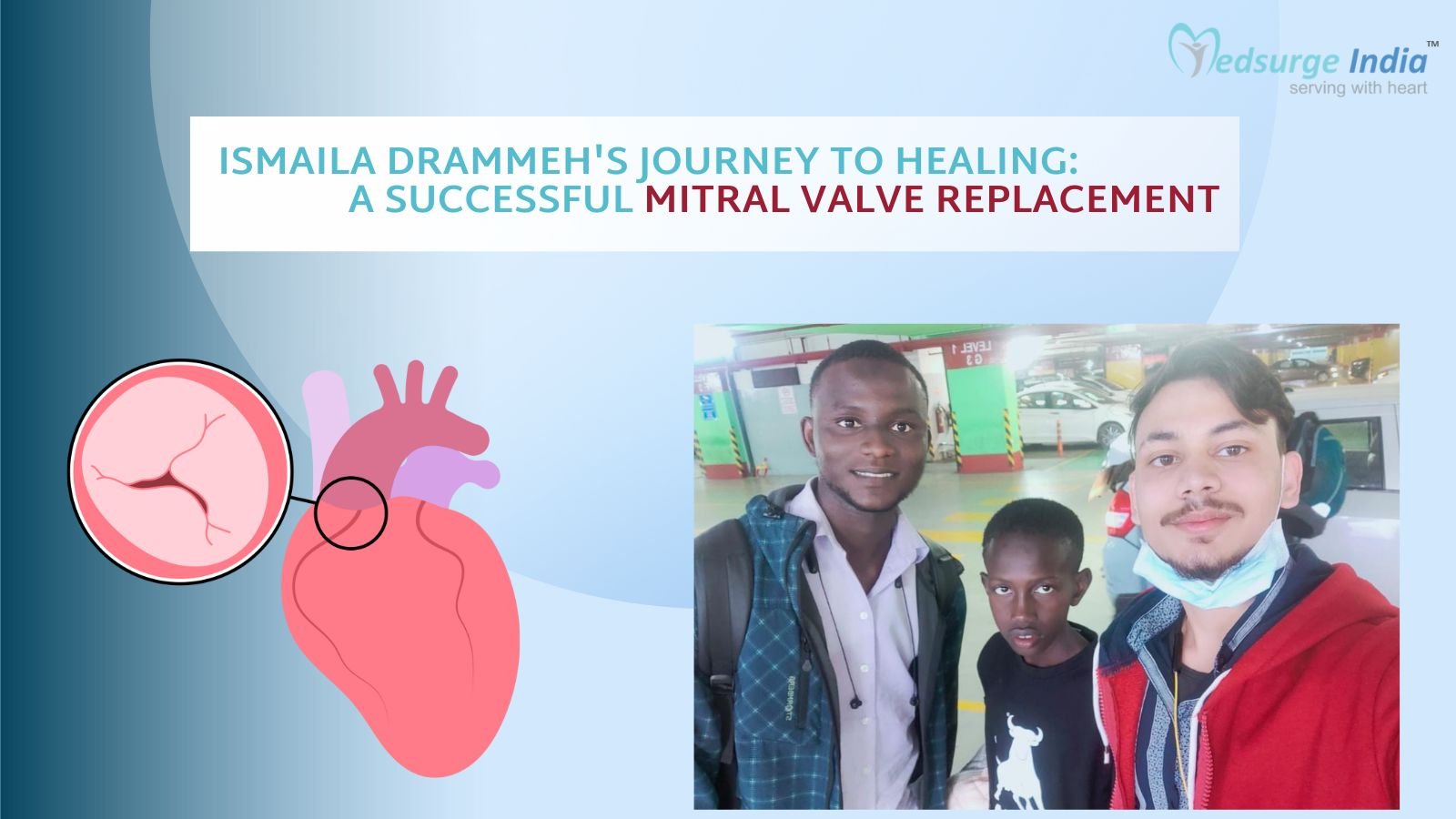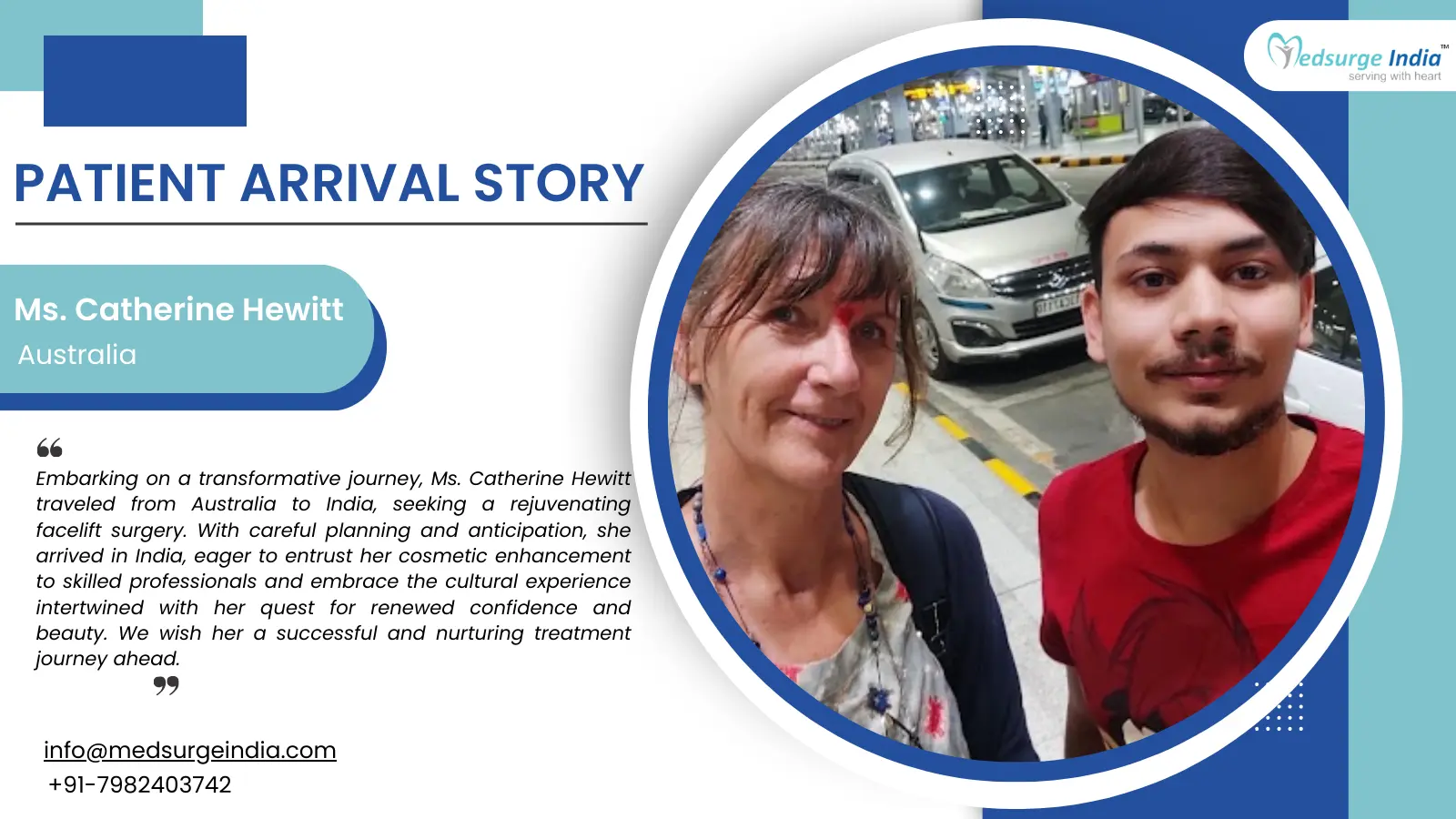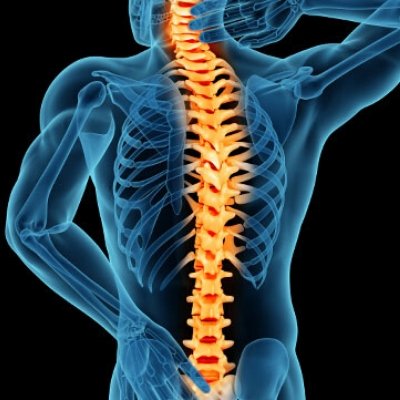
Spinal stenosis is the narrowing of the open spaces within the spine, this can put pressure on the spinal cord and the nerves that travel through the spine to the arms and legs. Usually, it occurs in the lower back and the neck. Changes in your spine as you get older are a common cause. Back and/or neck pain, as well as numbness, tingling, and weakness in the arms and legs, are all symptoms. Self-care treatments, physical therapy, medicines, injections, and surgery are all options for treatment.
What is Spinal Stenosis?
The narrowing of one or more areas within your spine is known as spinal stenosis. The amount of space available for your spinal cord and nerves that branch off your spinal cord is reduced when your spine shrinks. The spinal cord or nerves might become inflamed, crushed, or pinched as a result of a narrowed space, resulting in back discomfort and sciatica.
Spinal stenosis normally takes a long time to develop. Osteoarthritis, or “wear-and-tear” changes in the spine that occur naturally as you age, is the most common cause. As a result, even if some alterations are seen on X-rays or other imaging tests conducted for another cause, you may not have any symptoms for a long period. You may experience discomfort, numbness, tingling, and/or weakness in your neck, back, arms, legs, hands, or feet, depending on where and how severe your spinal stenosis is.
Symptoms for Spinal Stenosis
Spinal stenosis mainly causes no symptoms or signs. However, some individuals can experience tingling, pain, numbness, muscular fatigue, and difficulties with normal bowel or bladder function. Symptoms can vary depending upon the location:
- Neck (cervical spine): This may lead to numbness, tingling, or weakness in the leg, foot, hand, or arm.
- Lower Back (Lumbar spine): Compressed nerves on your thoracic spine may lead to tingling or pain in your legs when you endure for lengthy intervals or any time you walk.
- Sciatica: shooting pains down your leg begin as an ache in the lower back or buttocks.
- Foot drop: Painful leg fatigue may cause you to” smack” your foot on the floor
Recommended Video: Baclofen Pump | Spinal Cord Injury Recovery Story | Sudan Patient
What are the medical tests for diagnosis of Spinal Stenosis?
Your medical history will be reviewed, questions regarding your symptoms will be asked, and a physical exam will be performed. Your healthcare practitioner may feel your spine during your physical exam, pressing on different areas to discover whether this creates pain. Your doctor may probably ask you to bend in different directions to determine if different postures of your spine cause pain or other symptoms. Your provider will assess your balance, movement, and walking patterns, as well as your arm and leg strength.
Imaging tests will be performed on your spine to determine the precise location, nature, and extent of the disease. Imaging investigations may involve the following:
- X-ray
- MRI (Magnetic Resonance Imaging)
- CT Scan (Computerised tomography)
Get Free Cost Estimation
Procedure
During Surgery
- Spinal Fusion for Scoliosis can be done in several ways, however, most techniques involve the use of screws and hooks. These are connected to the bones for anchoring extended rods.
- Following this, the affected sections of the backbone are repositioned with the assistance of sticks. The sections are repositioned to align with the spine properly reducing the lateral spin.
- Bone grafts are subsequently introduced to the sections where fusion is needed. These bone grafts can belong to the individual (automobile graft) or might be obtained from a donor (allograft).
- The combination of bones occurs over 3 to 6 weeks and lasts for approximately 12 weeks. The sticks hold up the backbone till the whole fusion has happened along with the new bones that can select the load of their backbone. But, rods aren’t removed later since that would entail another operation. On occasion, the sticks might lead to irritation of the delicate tissues present around them and will require removal.
After Surgery
- Post-surgical recovery occurs for a few months.
- No matter how the hospital stay varies just between three to seven days.
- As it’s a painful process, an epidural catheter can be inserted to control anxiety at the rear of the individual. This is eliminated the next day.
- The patient’s freedom is limited and this catheter is linked to the urinary tract which might also be eliminated on the next day following the operation
- The individual has been kept under the supervision of a physiotherapist who assists the patient to get the aims of mobility and motion.
- X-rays are taken prior to release to look at the state of the spinal cord. When there’s a symptom or a complication, then follow-up processes are required to reestablish the well-being of the individual.
Post care at Home
- It Requires a Few months for the Individual to resume Motion and Regular Action. Routine X-Rays and follow-up examinations need to be done in order to create certain the restoration is on track.
- The actions of these individuals are restricted. From the first six months, just simple daily patterns are permitted.
- In the subsequent two weeks, the individual can start to swim.
- During 8-10 months after surgery, the patient may resume exercise such as bicycling.
- Following 10-12 months, running, sports, and jumping is permitted.
- Following this, the patient’s improvement is assessed by having an X-Ray and the individual can resume normal activities with no restrictions.
Risk factors of Scoliosis Spine Surgery
- Paraplegia or lack of motion in the lower portions of the human body – Considering that this is a really calamitous complication, a few evaluations such as SSEP (Somato Sensory Evoked Potential) and MEP (Motor Evoked Potential) are used during an operation to maintain a test and track when the spinal cord is compromised in any point of operation. If one of these tests suggests a complication, then the operation is assessed promptly and an additional course of action is required to restore the health of the spinal cord.
- Severe reduction of blood- Considering that Scoliosis spinal operation is a significant operation, there’s a whole lot of area exposed during the operation. The operation also entails the stripping of the muscles. These intricate elements may result in acute blood loss. But with modern methods, it’s likely to maintain blood glucose to moderate levels. Patients may also receive their own blood that’s given before the operation and moved afterward.
- Infections
- Leaking of Cerebra Spinal fluid
- Failure of Instrumentation
- Failure of Spinal Fusion
Treatment choices are both Nonsurgical & Surgical
Spinal Stenosis Nonsurgical Treatment
- Medications: Frequent pain killers are prescribed to find relief from the pain. Other medications include muscle relaxants, anti-seizure.
- Corticosteroid shots: Steroids assist in subsiding the inflammation.
- Anesthetics: This can be an injection of the neural block, which may block the pain for a while.
- Physical or exercise treatment
- Assistance device: Few patients have been counseled to wear braces, walkers, or corsets. This can assist them in walking.
Spinal Stenosis Surgical Treatment
Surgery is considered when the traditional treatments have not helped or when the pfeel handicapped by their symptoms. The most important purpose of the operation is to relieve pressure in the spinal cord or nerve roots by producing more spaces inside the spinal tract. The various processes performed are as follows:
- Laminectomy: This process involves removing the trunk portion of the affected region vertebra. Sometimes, the vertebra has to be related to the adjoining vertebrae with metal hardware and a bone graft (spinal fusion) to keep the backbone’s strength.
- Laminotomy: This process involves removing just a part of the lamina, usually dividing a hole just large enough to alleviate the pressure in a special spot.
- Laminoplasty: This process is done only on the vertebrae from the neck. It opens up the space inside the spinal canal by producing a hinge onto the lamina. Metal hardware bridges the gap from the opened part of the backbone. The procedure is done under general anesthesia and the patient is hospitalized for 1-2 days.
Factors Affecting the Cost of Spinal Stenosis Treatment
Following are the factors which will affect the treatment cost:
- The hospital patient is opting for.
- Room –Standard single room, deluxe room, super deluxe room for the number of nights specified (including nursing fee, meals, room rate and room service).
- Operating room, ICU
- Fee for the team of doctors (Surgeons, Anesthetist, Physiotherapist, Dietician )
- Medicines
- Physiotherapy session, if advised
- Standard test and diagnostic procedures
- Depending on the treatment options :
- Medications
- Assistance device
- Use of metal hardware during surgery
- Type of surgery: Laminectomy, Laminoplasty, Laminotomy
Reach out to our experts for the best and most affordable Spinal Stenosis Treatment cost in India.
Top Spine Surgeons in India
- Dr. Sandeep Vaishya
- Dr. Puneet Girdhar
- Dr. Aditya Gupta
- Dr. Hitesh Garg
- Dr. Bipin Walia
- Dr. S. Karunakaran
- Dr. Anil Kumar Kansal
- Dr. Rana Patir
The Most Important Frequently Asked Questions
Q: What is the cost for lumbar spinal stenosis treatment in India?
A: Price to get a spine tumor operation in India is roughly 5,200 USD. The price of lumbar spinal stenosis therapy in India may be determined by other variables also such as the state which you’re traveling from, the number of times you may spend in India, and how many individuals are accompanying the individual. Many patients elect for medical tourism packages for prostate cancer operation in India due to the affordable rates and lumbar spinal stenosis therapy in India being completed by specialists and pros.
Q: Where does spinal stenosis occur?
A. Spinal stenosis can occur in almost any area of the backbone, in the upper (cervical) into the middle (thoracic) or lower (lumbar). But, it is most frequently located in the lumbar spinal column.
Q: Will the age affect the surgery?
A: If the patient has obtained clearance from the doctor, then the Patient may proceed on with all the surgical operations.
Q: What are the risk involved after the surgery?
A: The possible complications involved after the procedure are as follows
- General risks of anesthesia
- Injury to the spinal cord or nerves
- Non-healing of the bony fusion (pseudoarthrosis)
- Failure to improve
- Instrumentation breakage/failure
- Infection and/or bone graft site pain
Q: When can a patient get back to his day-to-day activity after the surgery?
A. A full recovery may take 3-5 months and the individual will probably be on painkillers for 2-3 weeks.
Q: What is the success rate of the surgical procedure?
A: After the surgical procedure, roughly 70% to 80% of those patients reveals substantial progress in their function (ability to do regular daily tasks) along with a markedly reduced amount of pain and distress related to spinal stenosis.
Top Hospitals for Spinal Stenosis Treatment in India
Top Doctors for Spine Surgery
Dr. Ankur Nanda
Senior Consultant
Experience: 20 Years
Indian Spinal Injuries Center, New Delhi
New Delhi, India
Dr. Vidyadhara S.
HOD
Experience: 21 Years of experience
Manipal Hospital (Old Airport Road) Bangalore
Bangalore, India
Dr. Neeraj Gupta
Consultant
Experience: 20 Years
Indian Spinal Injuries Center, New Delhi
New Delhi, India
Dr. Vineesh Mathur
Director , MBBS, MS, DNB
Experience: 28 years of experience
Medanta - The Medicity, Gurgaon
Gurgaon, India
Dr. Rajagopalan Krishnan
Senior Consultant , MBBS, MS, FRCS
Experience: 25 years of experience
Indraprastha Apollo Hospital, New Delhi
New Delhi, India
Dr. Gururaj M
Senior Consultant
Experience: 15 Years
Indian Spinal Injuries Center, New Delhi
New Delhi, India
Dr. H. S. Chhabra
Chief of Spine and Rehabilitation Centre
Experience: 32 Years
Sri Balaji Action Medical Institute, Delhi
Delhi, India
Dr. Saransh Gupta
Consultant
Experience: 17 Years
Indian Spinal Injuries Center, New Delhi
New Delhi, India
Dr. Vikas Tandon
Senior Consultant
Experience: 23 Years
Indian Spinal Injuries Center, New Delhi
New Delhi, India
Dr. Sajan K Hegde
Senior Consultant
Experience: 34 years of experience
Apollo Hospitals, Greams Road, Chennai
Chennai, India

